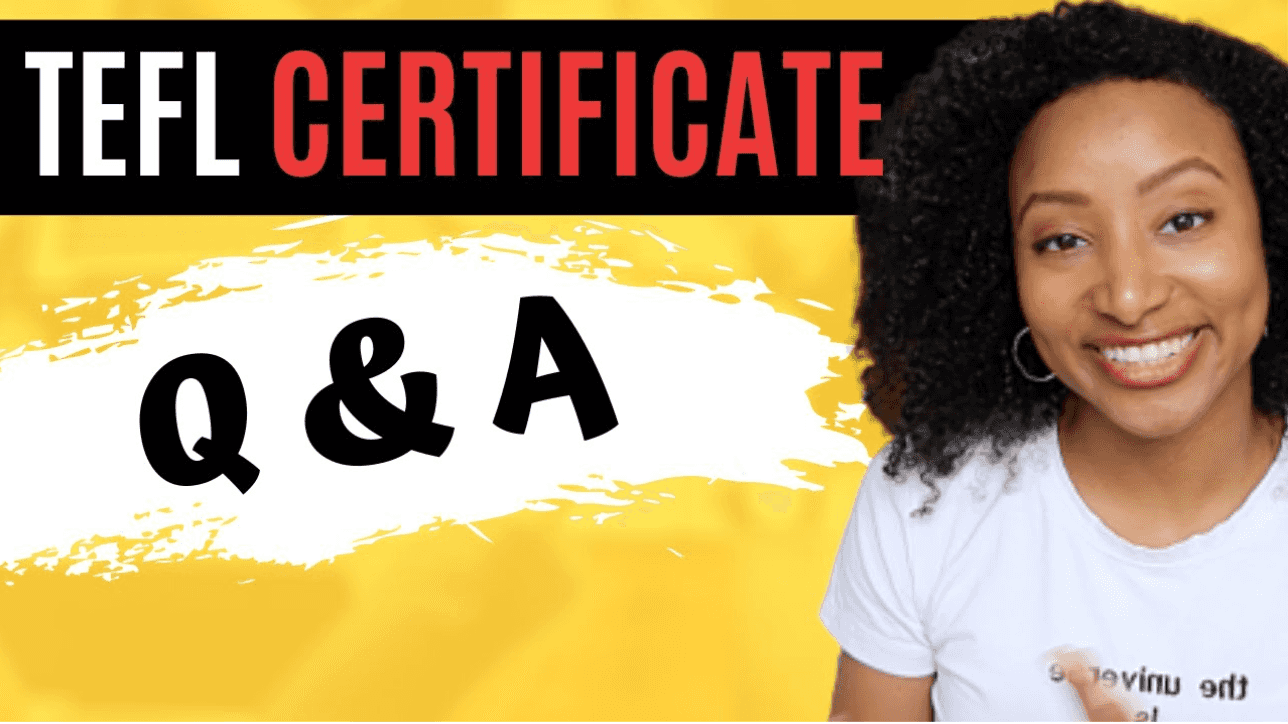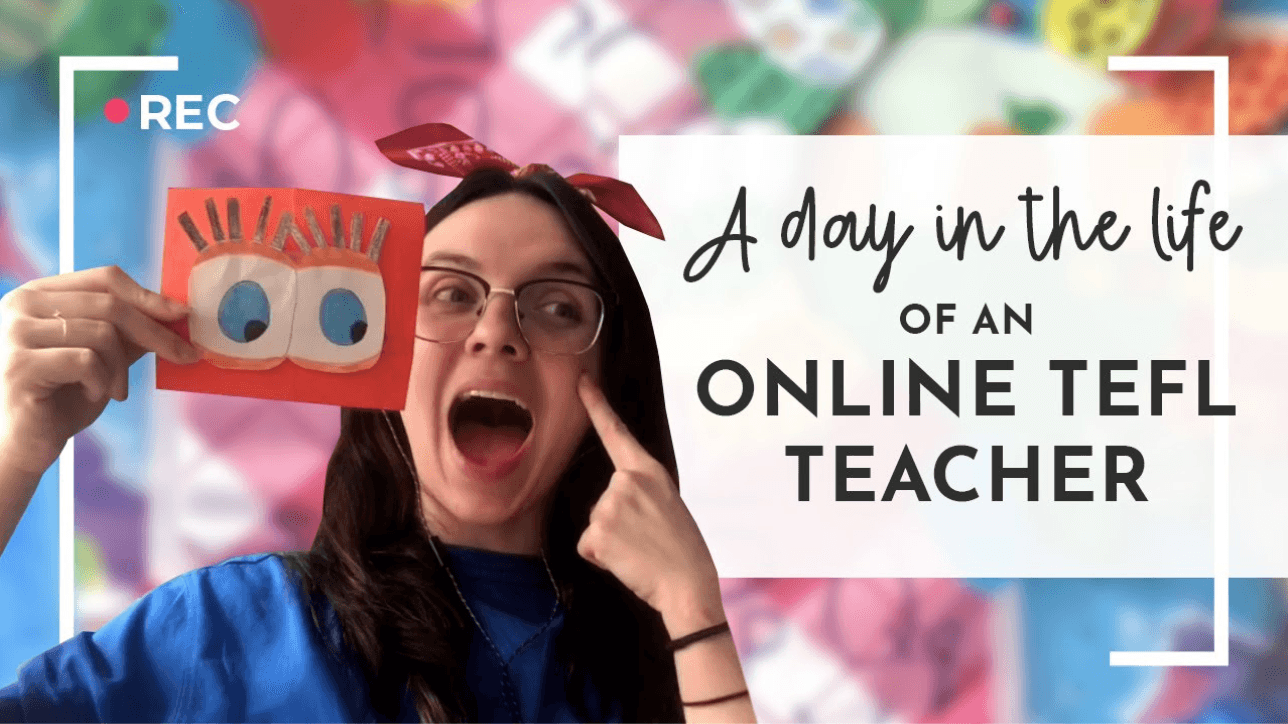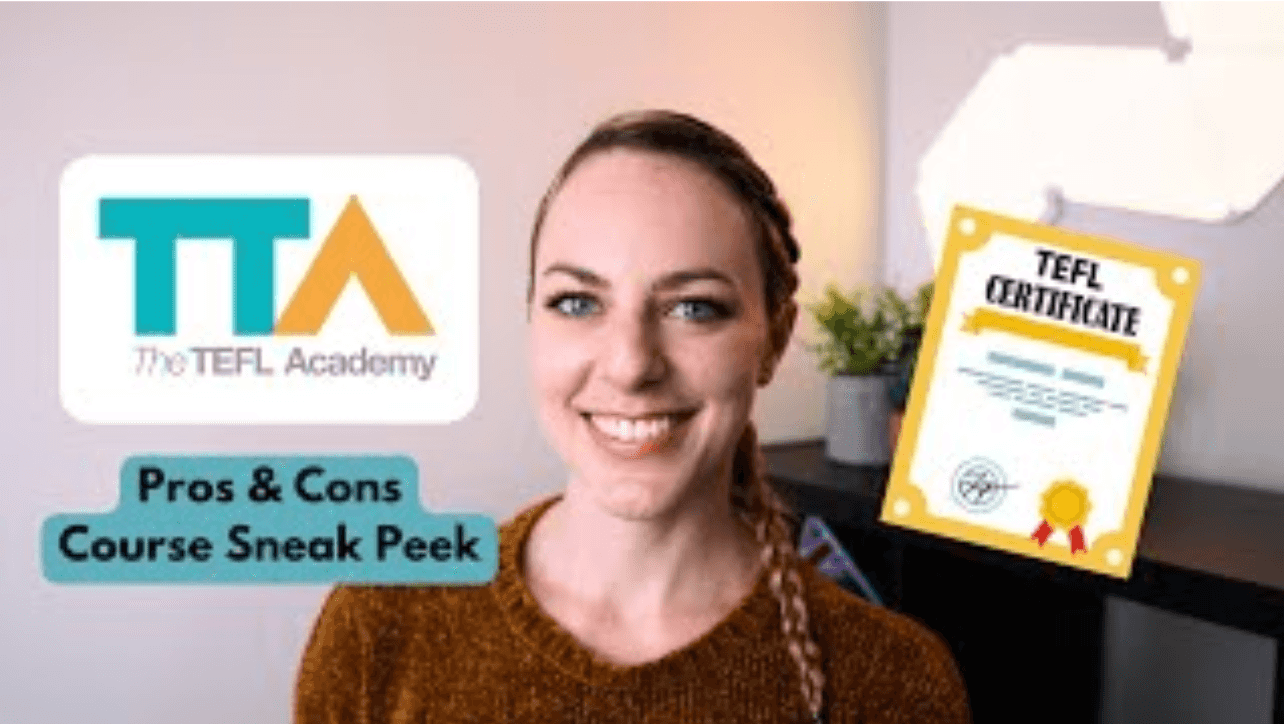
Pedagogical series: your new testimonial series!
Join live sessions featuring real use cases shared by our users.
What is a TEFL Teacher?
📝 A TEFL (Teaching English as a Foreign Language) teacher specializes in helping non-native speakers learn English in countries where English isn't the primary language[1][2]. These educators function as linguistic and cultural bridges, guiding students from young children to business professionals through the intricacies of English grammar, vocabulary, pronunciation, and conversational skills. Picture a professional who blends language expertise with cultural fluency, designing engaging lessons that transform unfamiliar English phrases into accessible communication tools.
🎯 QUALIFICATIONS: Most TEFL teachers possess internationally-recognized certification requiring at least 100 hours of coursework and practical teaching experience[1][3]. While requirements vary by location, many positions require a bachelor's degree alongside this specialized training[4][5]. The certification process generally covers teaching methodologies, lesson planning, classroom management, and language assessment techniques. Non-native English speakers can also become successful TEFL teachers by demonstrating advanced proficiency through standardized tests like IELTS or TOEFL[4][5].
🚀 GLOBAL OPPORTUNITIES: The professional landscape for TEFL teachers extends across continents and institutions[6][7]. Asia remains especially vibrant, with significant opportunities in China, Japan, South Korea, and Thailand, while European countries like Spain and the Czech Republic maintain steady demand[6][8]. Beyond geographical diversity, these educators work in various settings—from traditional language schools and public education systems to corporate training programs, universities, and increasingly, online platforms connecting teachers with students worldwide[9][10][11].
🌎 CULTURAL NAVIGATION: Effective TEFL teachers develop sophisticated cultural awareness alongside teaching expertise[12][13]. They adapt teaching methods to honor local learning styles, incorporate culturally relevant materials, and create inclusive classroom environments where diverse perspectives enhance the learning experience[14][15]. This cultural fluency transforms potential barriers into teaching opportunities, allowing educators to build rapport across cultural boundaries while fostering both language skills and intercultural understanding[16][17].
Sources —
[1] https://www.internationalteflacademy.com/blog/what-is-tefl-and-what-is-tefl-certification
[2] https://bridge.edu/tefl/blog/teaching-english-foreign-language/
[3] https://www.theteflacademy.com/tefl-guide/what-is-tefl-certification/
[4] https://teflonline.teachaway.com/blogs/tefl-resources/need-know-tefl-course-entry-requirements
[5] https://www.tefl.org/teach-english-abroad/requirements/
[6] https://www.theteflacademy.com/teach-english-abroad/
[7] https://premiertefl.com/blog/6-best-places-for-new-teachers-abroad/
[8] https://premiertefl.com/blog/teach-english-abroad-tefl-jobs/
[9] https://www.teachinghouse.com/post/can-you-make-a-career-from-tefl-tefl-career-paths
[10] https://www.teachaway.com/tefl-jobs
[11] https://www.theteflacademy.com/blog/teaching-off-the-beaten-track-9-alternative-tefl-destinations/
[17] https://costaricatefl.com/uncategorized/the-tefl-teachers-guide-cultural-differences-in-costa-rica/
A monthly summary of our product updates and our latest published content, directly in your inbox.



